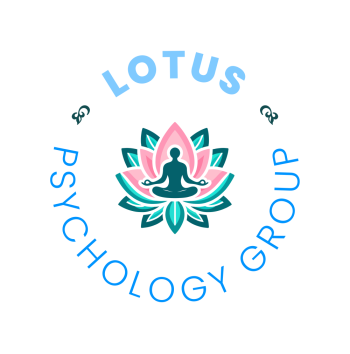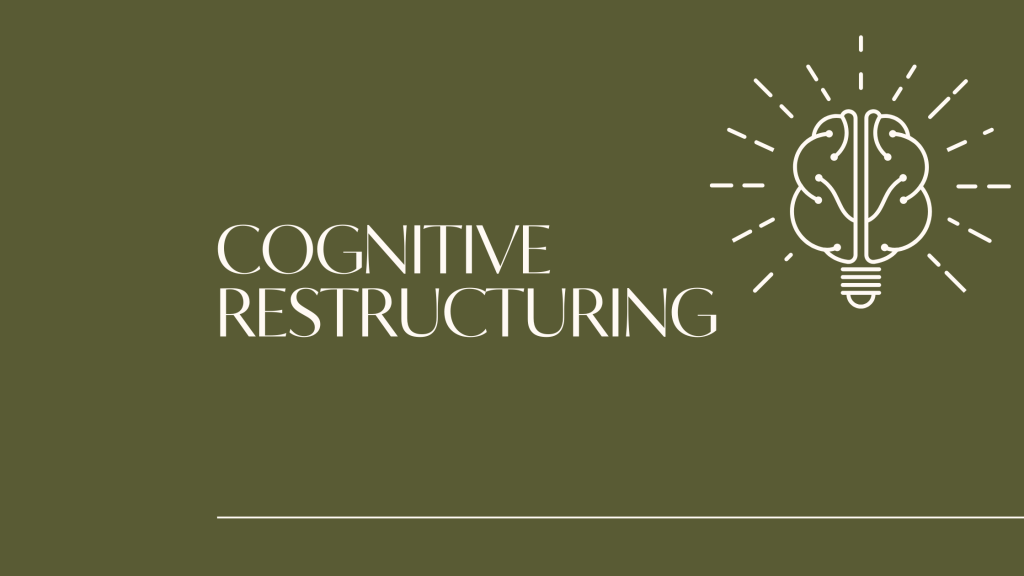At the start of the year, we discussed dialectical behavior therapy (DBT) in our blog. Last month, we discussed mindfulness, which is one of the skills developed through DBT. This month, we’re going to talk about thought restructuring, which may also be called cognitive restructuring. This aspect of DBT helps address unhelpful or harmful thoughts and thinking patterns, leading to a greater level of balance. Keep reading to learn more and check back in for the next few months to learn more about distress tolerance, emotion regulation, and the ways DBT skills improve daily life.
What Is Cognitive (Thought) Restructuring?
Cognitive restructuring is all about deconstructing thoughts to understand why certain thinking is negative or harmful and how to change these negative ways of thinking. It’s completely natural to experience negative thinking patterns at times, but when negative thinking patterns begin to interfere with daily life, it may be time to visit with a therapist to start making changes to thinking. Cognitive restructuring is a skill that helps people to pay attention to their thoughts and interrupt the negative or painful patterns.
Who Benefits from Thought Restructuring?
Thought restructuring as part of DBT is all about learning skills to monitor and challenge negative thought patterns and replace them or change them to more productive and beneficial ways of thinking. This can be helpful for just about anyone, but cognitive restructuring is especially beneficial in improving the symptoms of:
- Depression
- Anxiety
- Substance use disorders
- Personality disorders
- Eating disorders
Thought restructuring is geared toward addressing cognitive distortions that lead to these common conditions. Some of the most common cognitive distortions include:
- Black-and-white thinking – the habit of thinking in dichotomies without the ability to
understand or recognize shades of gray. - Overgeneralization – the habit of applying the outcome of a single event to future
events. So, if you get in a fender bender, you may assume the whole day is going to be
bad. - Personalization – this form of distorted thinking involves assuming you’re responsible
for negative events even when you had no way of preventing or helping the situation. - Catastrophizing – people who catastrophize may do so by placing illogical emphasis on
the negative and/or diminishing the positive in situations. - Fortunetelling – anticipating certain outcomes and believing your assumed outcomes
are facts. - Rejecting the positive – finding reasons why events with positive outcomes don’t
“count” for some reason.
What Happens During Cognitive Restructuring?
We get used to our negative thought patterns, and it becomes very difficult to recognize thought distortions on our own. During counseling sessions, your therapist may utilize cognitive reframing to assist you in identifying distorted thinking and develop strategies to reset or restructure these thought patterns into more constructive ways of thinking. The idea is that by changing how you think about certain situations, you can begin to adjust the emotions and actions related to these events. There are many different techniques your therapist may utilize to help you engage in cognitive restructuring. Some of the common cognitive restructuring techniques include:
- Self-monitoring – developing the ability to recognize distorted thinking is half the battle. You may want to keep a journal and note down thoughts that trigger negative feelings or take note of when these negative thoughts arise. When you note these cognitive distortions down, you can start to more easily notice patterns.
- Gather evidence – a simple way to challenge distorted thinking is to gather evidence. When you notice possibly negative thoughts or assumptions arising, think through how factual this thinking is. List out facts related to the events and people involved. Ask yourself what you actually know.
- Challenge assumptions – if you notice yourself making assumptions regularly, ask yourself why you’re making that assumption. Is the belief based on any facts? If so, what are the facts and where are you getting them? By challenging these assumed beliefs, you can begin to perceive of alternatives.
- Consider the costs – if you find yourself fixated on a specific thought or worried about something that’s beyond your control, ask yourself how long this situation will impact you. One simple method is to consider the rule of fives. Will the outcome of this event affect you for five minutes, five hours, five days, five weeks, or five years? By recognizing how long something may impact you, it becomes easier to put the situation into perspective and focus on other considerations.
Schedule an appointment fo learn how Cognitive Restructuring works
Are you interested in scheduling a therapy session to explore cognitive restructuring, DBT, or other approaches to therapy? The trusted team of professionals at the Lotus Psychology Group would love to hear from you. Get in touch whenever you’re ready by calling (248) 957-8973, emailing info@lotuspsychgroup.com, or completing our contact form.

